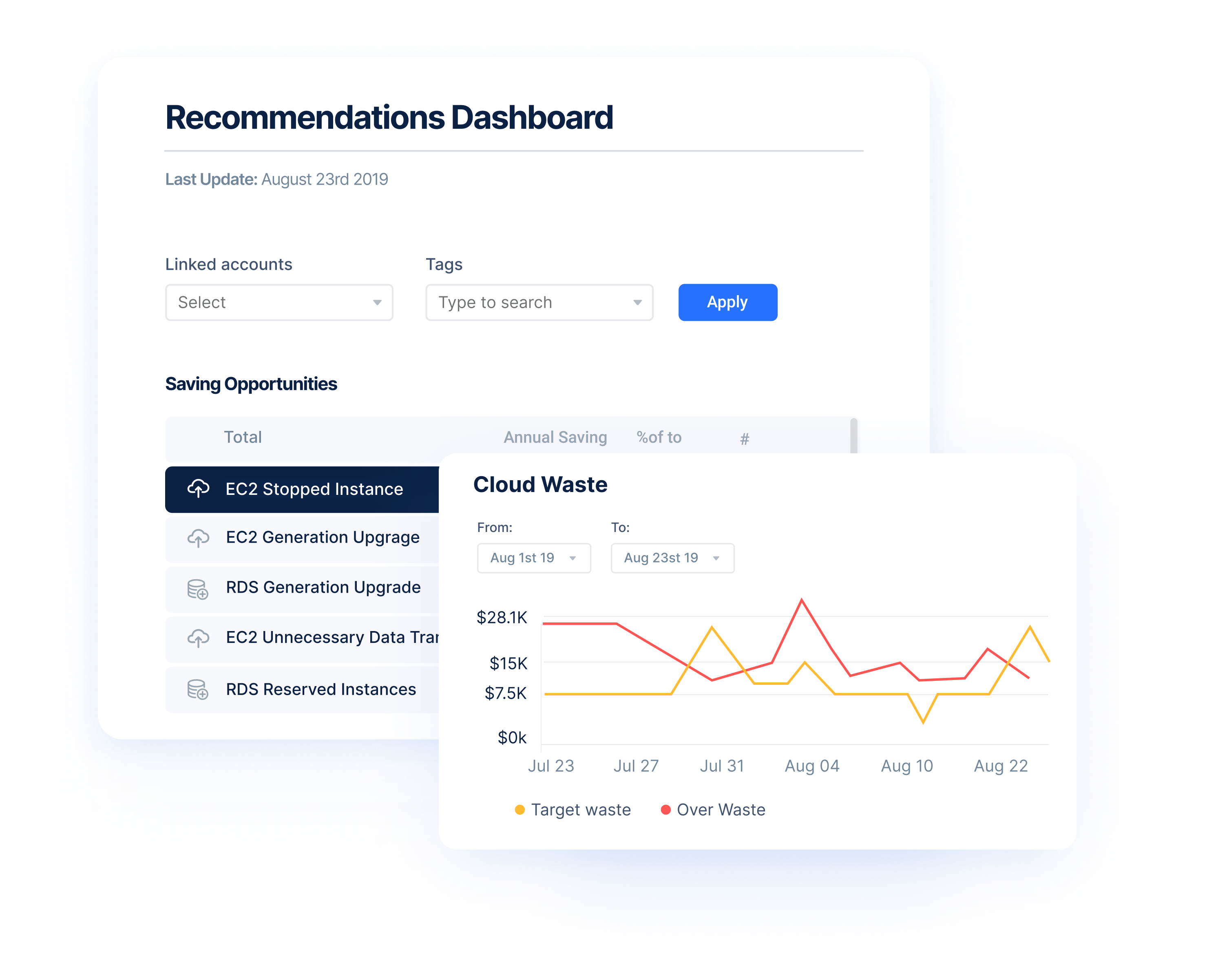Top 5 FinOps Tips
The efficiency, flexibility and strategic value of cloud computing are driving organizations to deploy cloud-based solutions at rapid pace. Fortune Business Insights predicts the global cloud computing market will experience annual growth of nearly 18% through 2028.
As the cloud becomes one of the most expensive resources for modern organizations, cloud financial management, or FinOps, has become a critical initiative. FinOps is a practice that combines data, organization and culture to help companies manage and optimize their cloud spend.
There is no one-size-fits-all approach to FinOps and cloud costs management, but there are specific actions practitioners can take to make the most impact. Anodot’s FinOps specialist, Melissa Abecasis, shares her top 5 tips for FinOps success in this video. They include:
1. Tag Resources
A well-defined cloud tagging policy is the backbone of cloud governance setup and Melissa says it’s never too early to start tagging your resources to enable accurate cost chargeback and showback. When deciding what tags to implement, it’s best to start with a simple list to make it easier to get into the habit of tagging resources. Tags by application, owner, business unit, environment and customer are all commonly tagged resources.
2. Savings Plan Commitments
Melissa suggests that if organizations know they will be using AWS in the next year or so, there is no reason not to take advantage of AWS Compute Savings Plans. The plans allow subscribers to pay lower costs in exchange for committing to use particular AWS services for one to three years. Melissa says commitment savings can be as high as 50%, so even if you have 10% or 20% underutilization of a resource, you’re still achieving significant savings.
3. Private Pricing
AWS provides private pricing for a variety of services. The most common include Cloudfront, Data Transfer and S3. Melissa says you may be eligible if have usage of: more than 10 terabytes for Cloudfront data transfer out, 500 terabytes of interagency data transfer, 500 terabytes of data transfer out or petabyte of S3 per month. If these apply to your organization, Melissa suggests speaking with your AWS account manager about the significant savings you can achieve through private pricing.
4. Don’t Ignore Smaller Costs
An organization’s top 10 cloud services typically account for 70% – 90% of total cloud costs. But Melissa urges FinOps practitioners not to ignore the smaller services. For services that cost $100 to $1,000 a month, it’s still worth gaining visibility into each to determine if there are forgotten backups that are no longer needed or testing environments that are not being used. Those small wins can add up to thousands of dollars a day.
5. Create Company Awareness
From day one, Melissa says it’s important to create company awareness of cloud operations. FinOps teams should assign who is responsible for the cloud service, who is going to check the bill at the end of the month and who is going to learn and implement the strategies necessary to optimize costs and reduce cloud waste.
Achieve FinOps Success with Anodot
Anodot is the only FinOps platform built to measure and drive success in FinOps, giving you complete visibility into your KPIs and baselines, savings recommendations to help you control cloud waste and spend, and reporting to make sure you improve your cloud efficiency.
Anodot enables cloud teams to understand the true cost of their cloud resources, with benefits such as:
AI-based Analysis for Identifying Inefficiencies and Anomalies
With the help of machine learning and artificial intelligence, Anodot’s cloud cost solution analyzes data to find gaps and inefficiencies in the system. It can also catch anomalies in various parameters such as usage, cost, performance, etc., thus solving the inefficiency challenge.
Savings Recommendations
Continuously eliminate waste and optimize your infrastructure with personalized recommendations for unknown saving opportunities that can be implemented in a few steps.

Real-Time Cost Monitoring
Monitoring cloud spend is quite different from other organizational costs in that it can be difficult to detect anomalies in real-time. Cloud activity that isn’t tracked in real-time opens the door to potentially preventable runaway costs. Anodot enables companies to detect cost incidents in real time and get engineers to take immediate action.
Cost and Usage Forecasting
Anodot’s AI-driven solution analyzes historical data in order to accurately forecast cloud spend and usage by unit of choice, anticipate changing conditions and get a better read on related costs. This helps organizations to make more informed budgeting decisions and find the right balance between CapEx and OpEx.
Start optimizing your cloud costs today!
Connect with one of our cloud cost management specialists to learn how Anodot can help your organization control costs, optimize resources and reduce cloud waste.





